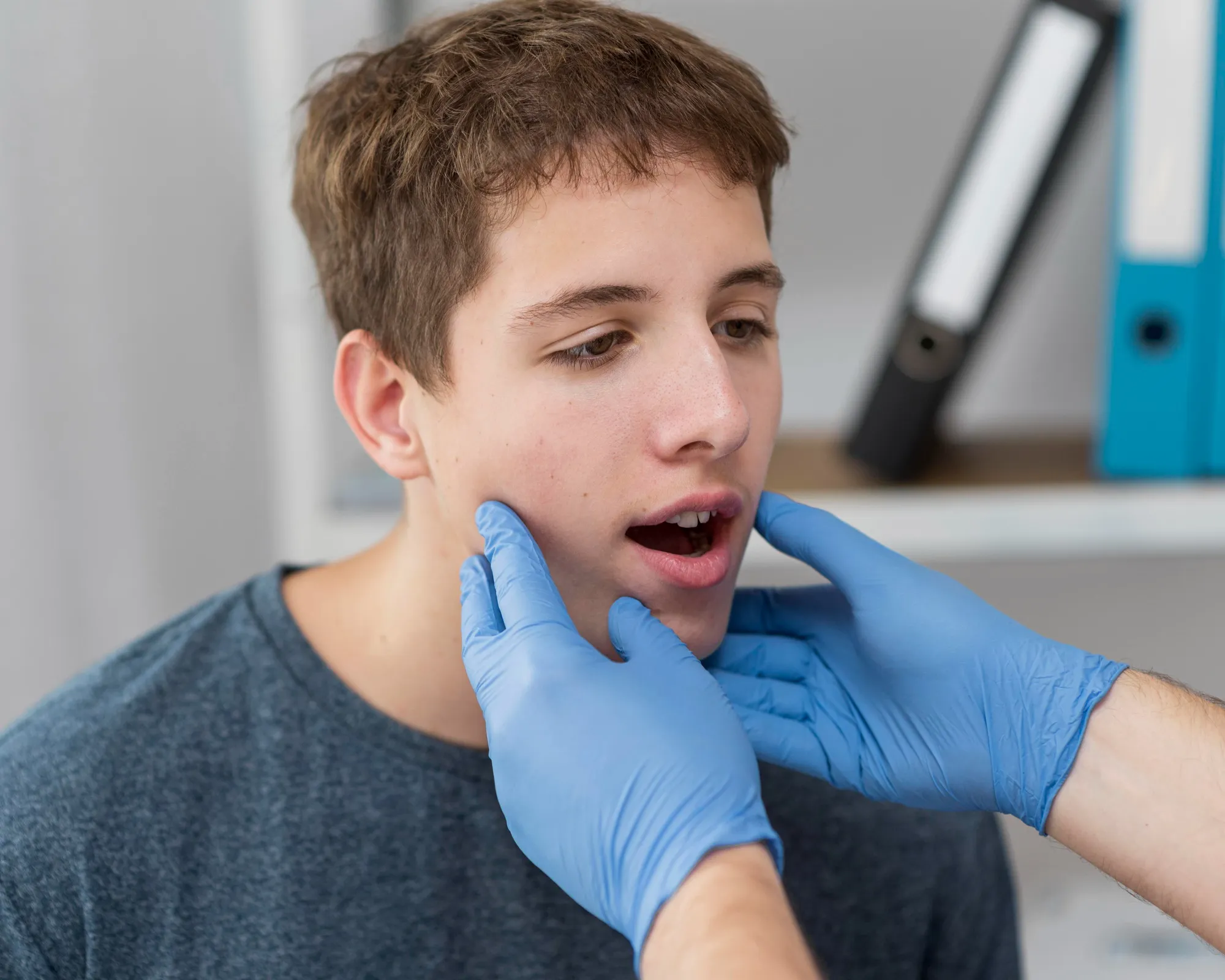DOI: 10.1212/WNL.0000000000007466
A recent paper published in Neurology, titled “Practice guideline recommendations summary: Treatment of tics in people with Tourette syndrome and chronic tic disorders,” represents a significant milestone for individuals dealing with Tourette syndrome and chronic tic disorders. This exemplary work led by Tamara Pringsheim, Michael S. Okun, Kirsten K. Müller-Vahl, and a team of multidisciplinary professionals including physicians, psychologists, and patient representatives provides comprehensive guidelines for the management of tics, based on a systematic review and transparent, patient-engaged processes.
Background and Methodology
Tourette syndrome and chronic tic disorders are neuropsychiatric conditions characterized by involuntary movements (tics), which can significantly impact quality of life. Although existing treatments vary in effectiveness, the demand for a standardized approach led to the development of these guidelines. The authors scrutinized existing literature and practices to issue recommendations, with an Institute of Medicine-compliant process underscoring their reliability.
Findings and Recommendations
The paper offers 46 recommendations encompassing diagnosis, psychoeducation, treatments, and future research directions. Acknowledging the individual nature of tic disorders, the guidelines focus on personalizing treatment plans while considering the benefits, potential harm, and comorbid disorders.
Key recommendations include:
1. Counseling on the natural progression of tic disorders.
2. Educating peers and teachers to foster a supportive environment for patients.
3. Ongoing reassessments to determine continuous need for therapy.
4. Advocating watchful waiting as a viable strategy for some individuals.
5. Suggesting behavioral interventions, such as the Comprehensive Behavioral Intervention for Tics (CBIT), as front-line treatments.
6. Medication recommendations tied to the presence of comorbidities and side-effect profiles.
7. Guidelines for considering deep brain stimulation for adults with severe, treatment-resistant tics.
One pivotal suggestion is the partnership among patients, caregivers, and clinicians in decision-making, ensuring choices reflect collective input and understanding.
Implications and Conclusions
The pragmatic approach in these guidelines addresses the critical need for patient-specific management of tic disorders. They serve as an essential tool for clinicians worldwide, enhancing the therapeutic landscape for Tourette syndrome and chronic tic disorders.
Future Research
The paper also advocates for advancing research in areas such as the long-term impacts of treatments, the potential of novel therapies, and precise mechanisms of tic generation.
References
To support their guidelines, the authors reference pioneering studies like those by Bloch et al. (2006), detailing adulthood outcomes of tic severity, and Groth et al. (2017), investigating the course of Tourette syndrome and comorbidities. [1, 2]
Strength adds to research highlighting the impact of psychoeducation and the spectrum of tic disorders [3, 4], as well as works revealing comorbidity prevalence and effective conduct management for patients with such disorders [5, 6].
Clinical trials on medication efficacy, treatment outcomes, and cannabinoid use represented more scientific evidence contributing to these robust recommendations [7-10].
Keywords
1. Tourette Syndrome Treatment Guidelines
2. Chronic Tic Disorders Management
3. Behavioral Intervention for Tics
4. Tic Disorders Diagnosis Recommendations
5. Comorbidities in Tourette Syndrome Treatment
In conclusion, “Practice guideline recommendations summary: Treatment of tics in people with Tourette syndrome and chronic tic disorders” is a seminal work poised to catalyze substantial improvements in the treatment and support of individuals with Tourette syndrome and chronic tic disorders. The insight offered within this article solidifies the foundation upon which the future of care for these patients will be built.
[1] Bloch MH, et al. “Adulthood outcome of tic and obsessive-compulsive symptom severity in children with Tourette syndrome.” Arch Pediatr Adolesc Med, 2006.
[2] Groth C, et al. “Course of Tourette syndrome and comorbidities in a large prospective clinical study.” J Am Acad Child Adolesc Psychiatry, 2017.
[3] Nussey C, et al. “How does psychoeducation help? A review of the effects of providing information about Tourette syndrome and attention-deficit/hyperactivity disorder.” Child Care Health Dev, 2013.
[4] Kurlan R, et al. “The behavioural spectrum of tic disorders: a community-based study.” Neurology, 2002.
[5] Hirschtritt ME, et al. “Lifetime prevalence, age of risk, and genetic relationships of comorbid psychiatric disorders in Tourette syndrome.” JAMA Psychiatry, 2015.
[6] Sukhodolsky DG, et al. “Disruptive behavior in children with Tourette’s syndrome: association with ADHD comorbidity, tic severity, and functional impairment.” J Am Acad Child Adolesc Psychiatry, 2003.
[7] Whiting PF, et al. “Cannabinoids for medical use: a systematic review and meta-analysis.” JAMA, 2015.
[8] Schrock LE, et al. “Tourette syndrome deep brain stimulation: a review and updated recommendations.” Mov Disord, 2015.
[9] McGuire JF, et al. “Bothersome tics in patients with chronic tic disorders: characteristics and individualized treatment response to behavior therapy.” Behav Res Ther, 2015.
[10] Zhuang X, et al. “Quality of life with Tourette syndrome: a narrative review.” Psychopharmacol Bull, 2017.
